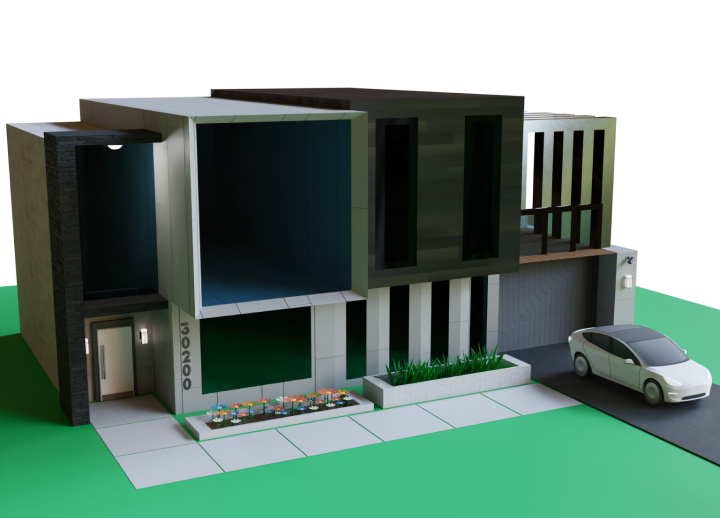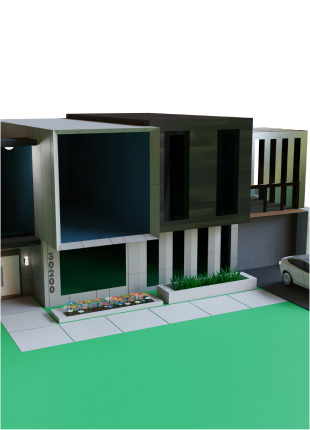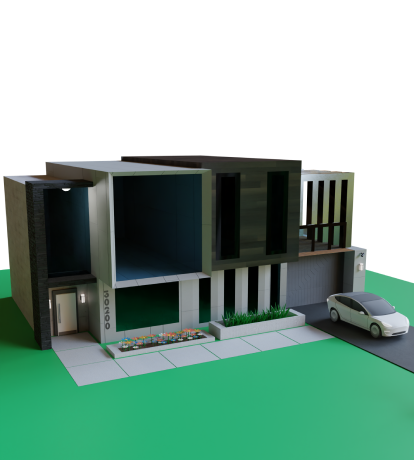
The age-old question - What’s better, a 15 or 30 year? There’s no one-size-fits all solution because everyone is different and has varying real estate and financial goals. For example, it depends if we're talking about a purchase or a refinance or whether you're a first-time buyer with nothing in your bank account or a seasoned homeowner close to retirement. Ultimately for buyers who can only afford low down payments, 30-year fixed rate mortgages will likely be the only option.
\n30-Year Mortgages are the Most Popular
\nIn the United States, around 70% of all mortgages are 30-year fixed products. The percentage for 15-year mortgage loans is roughly 15%. When it comes to purchase specifically, 30-year fixed loans dominate at 90%! Why is this? Well, it is cheaper to take a 30-year mortgage than the 15 because you have twice as many years to pay it off. Most mortgages are based on an amortization schedule of thirty full years, which means that they will be paid in their entirety after this time. The 30-year fixed rate loan program is straightforward since it never changes and has no surprises during these normal terms.\nThe long term of a mortgage is one which allows home buyers to purchase expensive property without breaking the bank. But it also means paying off your mortgage will take quite some time - in fact it could extend into retirement or further. In summary, this type of loan can be safe and easy to wrap your head around; not to mention affordable due to its length. As such, there are many housing counselors who endorse mortgages like these.\nWhen it comes to refinancing, 15-year fixed rate loan market share is significantly higher, mostly because borrowers don’t want to restart the clock after they’ve already paid down most of their loan. It’s also more affordable to go from a 30-year fixed to a 15-year fixed because your loan balance will be smaller than at the beginning, and ideally interest rates will be lower as well.
\n\n15-Year Mortgage Rates Are Lower
\nYou pay a premium for a 30-year mortgage vs. a 15-year mortgage in the form of a higher interest rate. More time to pay off your loan = more cost. After all, mortgage lenders are agreeing to give you a fixed interest rate for double the amount of time, which is a risk for them, especially if interest rates rise significantly during that time.\nYou’ll find that 15-year mortgage rates are typically about 0.50% – 0.75% lower than 30-year fixed mortgage rates. While the lower interest rate is enticing, know that the 15-year fixed-rate mortgage comes with a higher monthly mortgage payment because you have half the time to pay it off.\nYou could save a substantial amount of interest over the duration of the loan if you went with the 15-year fixed as opposed to the 30-year mortgage. You also build home equity a lot faster, as each monthly payment would allocate much more money to the principal loan balance as opposed to interest.\nThe higher monthly payment on a 15-year makes it harder to qualify for though because your DTI ratio might be too high. For borrowers counting pennies, the 15-year mortgage unfortunately isn’t an option. However, there is a solution -
\n\nMake Larger Payments
\nIf you're determined to pay off your mortgage faster, consider a 30-year fixed and make extra payments every month. This flexibility would protect you when things are tough financially but could allow you to knock several years off your mortgage. You can also look into biweekly mortgage payments which you may not even notice leaving your account.
\n






